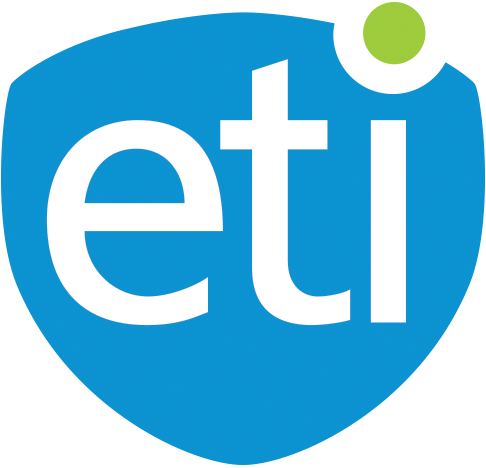Even the most advanced telecom networks today are not all inherently integrated or connected. Instead, they are a patchwork of different technologies, standards, and systems that must work together to provide a seamless user experience. This lack of inherent integration makes interoperability—the ability of different networks and devices to communicate effectively—a crucial, yet challenging, aspect of the telecommunications industry.
Benefits of Telecom Network Interoperability
One of the primary benefits of interoperability is the enhanced user experience. When devices and systems within a departmental network don’t communicate, it creates fragmented “silos” that limit access to vital services. Interoperability breaks down these silos, allowing different network elements to connect and fostering greater communication, collaboration, and operational efficiency.
Furthermore, interoperability fosters competition and innovation. When networks can easily interconnect, new entrants can enter the market more readily, offering innovative services and driving down prices. Consumers benefit from a wider range of choices and more competitive pricing. Without interoperability, dominant players could create walled gardens, stifling innovation and limiting consumer options. The ability for different technologies and services to work together also encourages the development of new and integrated solutions, ultimately benefiting everyone.
The Challenges of Telecom Network Interoperability
However, achieving seamless interoperability is far from a simple task. The telecom industry is a complex ecosystem with a multitude of players, each with their own technologies, standards, and business interests. Several factors contribute to the difficulty of achieving true network interoperability.
One significant hurdle is the existence of legacy systems. Many telecommunication networks have evolved over decades, resulting in a patchwork of older and newer technologies. Integrating these disparate systems, often built with proprietary protocols and standards, presents significant technical challenges. Ensuring that these legacy systems can communicate effectively with modern networks requires complex interfaces and translation mechanisms, which can be costly and prone to errors.
Another major challenge lies in the lack of universal standards. While various standardization bodies exist, the adoption and implementation of these standards can be inconsistent across different regions and operators. This can lead to compatibility issues, making it difficult for networks to seamlessly exchange information or for devices to function uniformly across different networks. The rapid pace of technological innovation also means that new standards are constantly evolving, requiring ongoing adaptation and integration efforts.
Commercial and regulatory complexities also play a significant role. Telecom operators are often competitors, and their business interests may not always align with the goal of seamless interoperability. Issues related to cost sharing for interconnection, quality of service guarantees across interconnected networks, and data privacy and security can create friction and hinder progress. Regulatory frameworks play a crucial role in promoting interoperability, but the diverse and often fragmented nature of regulations across different jurisdictions can further complicate matters.
Finally, security considerations add another layer of complexity. Interconnecting networks increases the potential attack surface, and ensuring the security of data and communications across multiple, potentially diverse networks requires robust and coordinated security measures. Different networks may have varying security protocols and capabilities, making it challenging to establish a unified security framework.
Telecom Network Operability Solutions
Despite these challenges, innovative solutions are emerging to address the issue of interoperability. ETI’s intelegrate platform offers automated integration development, eliminating manual processes to enable ISPs to connect applications and systems quickly, reducing time-to-market from up to six months to just three to four weeks. Its low-code, cloud-based flexibility features an environment-agnostic engine that is adaptable to any API, application, or device and supports multiple use cases, from optimizing workflows to automating data consolidation. Furthermore, intelegrate provides dynamic maintenance and updates, automatically maintaining API integrations as specifications evolve to minimize the costs and risks associated with integration over time.





